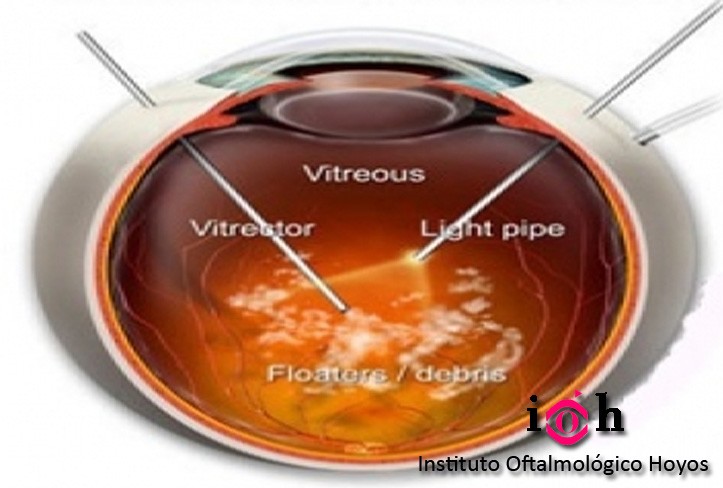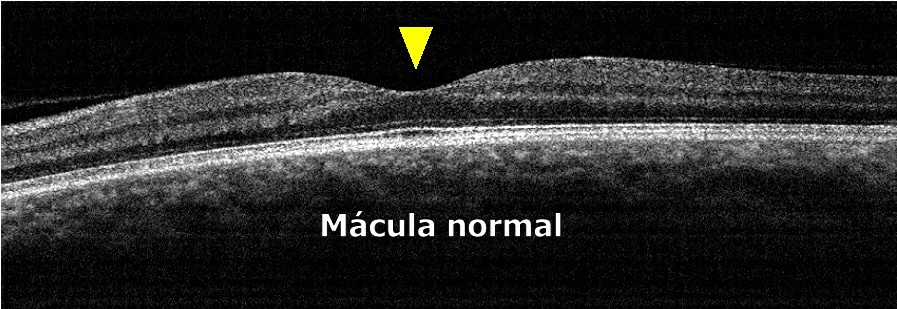VITRECTOMY
What is a vitrectomy ?
Vitrectomy is a type of surgery which treats retinal and vitreous pathologies.
When is a vitrectomy necessary ?
Your ophthalmologist will advise you to have vitrectomy surgery to treat the following pathologies :
- Diabetic retinopathy, if there is ocular bleeding or the presence of fibrotic tissue.
- Some types of retinal detachment.
- Endophthalmitis (intraocular infections)
- Severe trauma to the eye
- Epiretinal macular membrane
- Macular hole
- Some problems after cataract surgery
How can a vitrectomy help to improve vision ?
A vitrectomy tries to improve or stabilize vision by cleaning away blood or any intraocular residue (inflammatory or infectious), which may be blocking or blotting the light which is focalized on the retina.
Vitrectomy surgery can extract the scarred tissue which displaces, wrinkles or tears the retina. If the retina is not in its correct position, vision is affected.
This operation is also carried out to extract intraocular foreign bodies secondary to ocular trauma. Many foreign bodies can harm vision if they are not extracted.
The length of this type of surgery can vary, from one to several hours, depending on how serious the pathology is. Your ophthalmologist can combine vitrectomy surgery with other procedures, such as retinal detachment or cataract surgery.
What are the risks with vitrectomy surgery ?
All types of surgery have risks, but with a vitrectomy those are less than the expected benefits.
Some of the risks are :
-Infection
-Bleeding
-Retinal detachment
-Low vision
-Increase in intraocular pressure
Another risk with vitrectomy surgery is the acceleration in the formation of cataracts.
It is important to remember that after vitrectomy surgery in which gas bubbles are injected, one must not fly on an airplane or travel to places at high altitudes until all the gas has disappeared. A rapid increase in altitude for a patient with gas in the eye could provoke a rapid increase in intraocular pressure.





